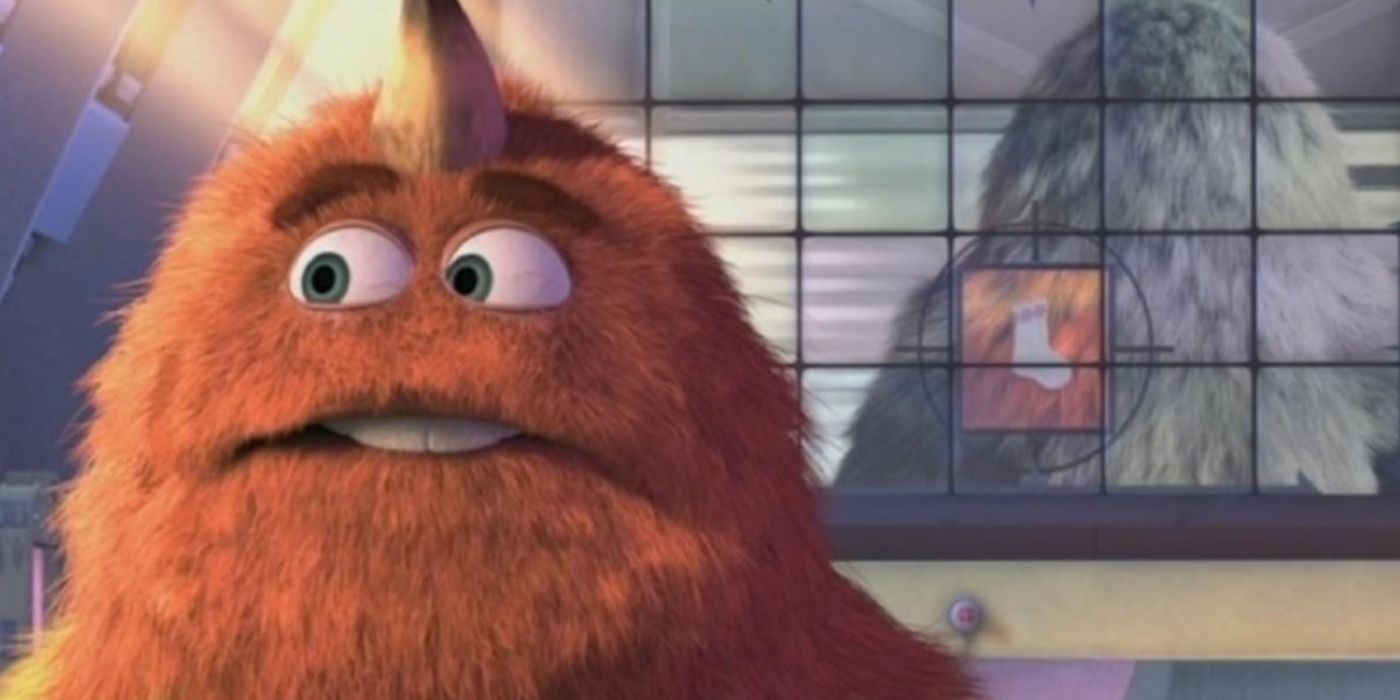Although Monsters, Inc. never explains why monsters are afraid of children in the movie, one theory holds that this fear may be due to the Bubonic Plague. When Monsters, Inc. premiered in 2001, the Pixar film enjoyed both box office success and positive critical and audience reviews. Monsters, Inc. follows the story of two monsters, James P. “Sulley” Sullivan and Mike Wazowski, who work in scaring children. However, when a little girl, nicknamed “Boo,” accidentally gets lost in the monster world, Sulley and Mike have to help her return home.
One of the key premises of Monsters, Inc. is that despite needing children’s screams as an energy source, monsters are terrified of humans. They believe that children are toxic and dangerous, so even touching them can be fatal. Due to this, Boo’s presence in the monster world causes panic. Throughout the course of Monsters, Inc. though, the monsters learn that they do not need to be afraid of children, or scare them since laughter also provides energy, but it is unknown where this fear of children originated.
However, one theory (via Reddit) provides an explanation for this, arguing that the monsters in Monsters, Inc. may be afraid of humans because they first visited the human world during the Bubonic Plague. This means that when monsters invented an interdimensional portal and entered the human world for the first time, it happened to be during the mid-1300s, which was the height of the Black Death. After this visit, monsters not only discovered that screams created energy, but returned home with fleas carrying the disease. This would have led to an epidemic in the monster world and a long-lasting belief that children carried deadly diseases. While this theory may seem unlikely, it could reasonably fit into the Monsters, Inc. timeline and would explain certain details in the movie.

One reason this theory may seem improbable is that it requires monsters to have managed to visit the human world during the Late Middle Ages, yet the two worlds seem to have similar ways of life in Monsters, Inc. However, the movie shows that the monster world has far more advanced technology. By the time Monsters, Inc. takes place, monsters have already perfected interdimensional travel and harnessed clean, renewable energy from sonic vibrations (in the form of screams). When containing an area that Boo “contaminated,” the monsters even use a massive force field. Given this superior technology, monsters reasonably could have invented the first basic portal to the human world during the mid-1300s. In addition, the prequel film, Monsters University, mentions that Monsters University (the institution) was founded in 1313 and has always been a leader in scientific innovation. Due to this, it is possible that researchers in the university could have invented the first portal to the human world several decades after the school was established.
This theory also explains several key elements of Monsters, Inc. Most basically, monsters being exposed to the Bubonic Plague through humans explains why monsters believe children are toxic and are afraid to touch them. More specific evidence for this theory includes the CDA (Child Detection Agency). This government group is responsible for detecting and destroying any human contaminants in the monster world. They wear biohazard suits, supporting the idea that they believe children spread disease. At the beginning of Monsters, Inc., there is even an incident where a scarer, George Sanderson, returns from one of his assignments with a child’s sock stuck to his orange fur. In response, the CDA not only destroys the sock, but shaves George, which would prevent any fleas from hiding in his fur, as fleas were how the plague was commonly spread. While Pixar has never confirmed this theory, the monsters’ advanced technology and behavior toward humans support the idea that their fear of children could be rooted in a major disease outbreak, such as the bubonic plague – though this would make the comedy taken from the monsters’ fear of children and make it both more reasonable and decidedly darker.




